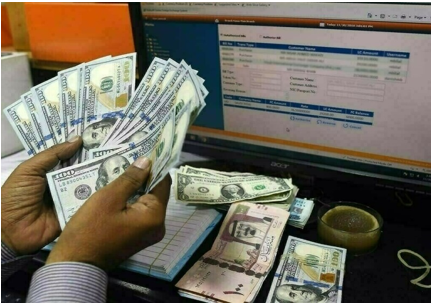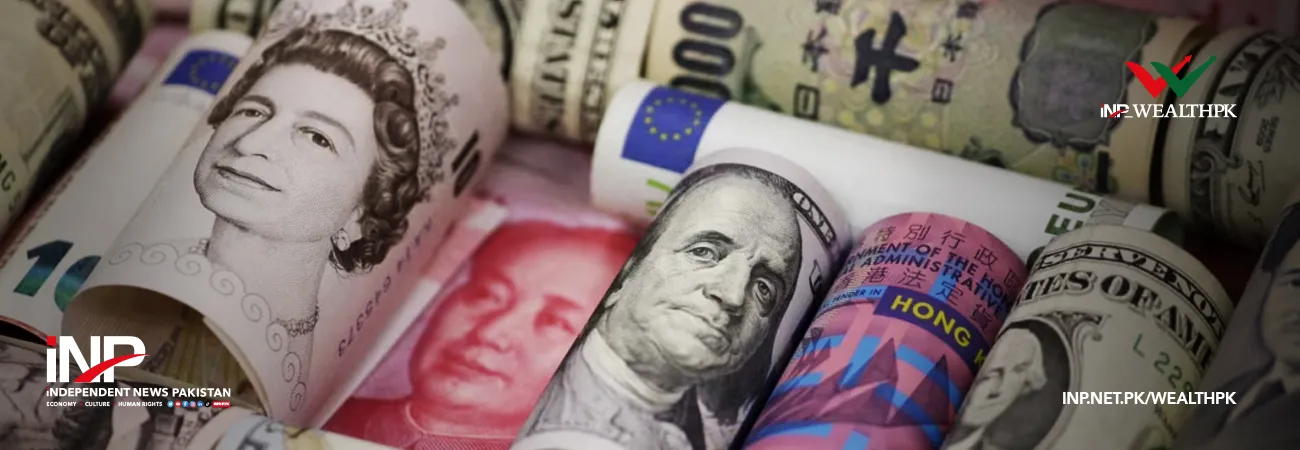آئی این پی ویلتھ پی کے
Moaaz Manzoor
Record remittance inflows of $4.1 billion in March 2025 underscores the growing trust of overseas Pakistanis in formal channels. However, experts warn that excessive reliance on external inflows and urge a focus on revitalizing the domestic industry to ensure long-term stability, reports WealthPK.

The continued upward trend was driven by transfers related to Ramadan and Eid. Marking a 37% year-on-year rise, cumulative remittances for July–March FY25 reached $28 billion, up $7 billion from the same period last year. Experts believe that while this growth is promising, it must be seen through a structural lens.
Speaking to WealthPK, Dr. Muhammad Zeshan, Research Fellow and Head of Trade, Industry and Productivity at the Pakistan Institute of Development Economics (PIDE), cautioned against seeing remittances as a permanent or controllable solution. “Remittances are exogenous inflows — they originate from outside our economic system and thus remain inherently unpredictable.
They provide short-term relief and fiscal breathing space, but cannot replace the internally driven economic engines. The real question is: are we preparing for the uncertainty of next year when remittances may not rise as expected?” Dr. Zeshan emphasized that long-term economic resilience must stem from within, particularly by revitalizing large-scale manufacturing (LSM), which has shown negative growth for two consecutive quarters.
“Our industrial sector is a controllable and sustainable growth driver. It is alarming that we are not empowering it adequately. Agriculture and services may be expanding, but without manufacturing recovery, economic revival will be partial and uneven,” he said. According to him, institutional reforms and policy consistency must be prioritized to enable LSM to play a central role in the growth process.
Meanwhile, Ali Najib, Head of Sales at Insight Securities, highlighted the macroeconomic impact of record remittances. “March 2025 witnessed a record current account surplus of $1.2 billion, primarily due to the surge in remittances, a modest export uptick, and stricter fiscal discipline,” he stated. He noted that these factors combined were helping to rebuild FX buffers, reduce pressure on the rupee, and reinforce investor confidence.
“It reflects a positive shift in Pakistan’s external balances. Remittance-backed current account gains are giving the country a rare moment of macroeconomic stability,” he added. Nevertheless, both experts echo a note of caution: while these figures are encouraging, structural bottlenecks remain. Remittance inflows offer macroeconomic support but are not substitutes for a strong export base or industrial productivity. Policies must now pivot towards sustaining growth from within rather than leaning too heavily on variables outside the country’s control.
Credit: INP-WealthPk












